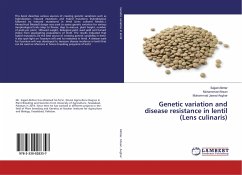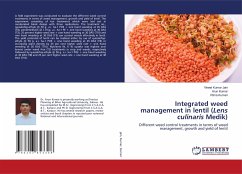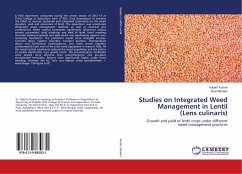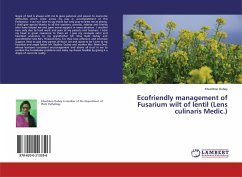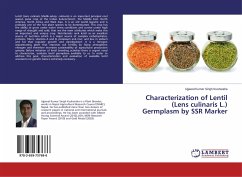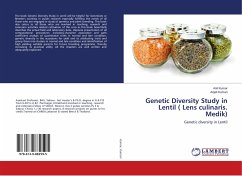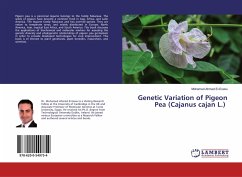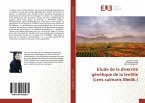This book describes various sources of creating genetic variations such as hybridization, induced mutations and hybrid mutations (hybridization followed by induced mutations) in lentil (Lens culinaris Medick.). Hierarchical (Nested) design was used to assess genetic variation for various morphological traits (days to flower, days to mature, plant height, number of pods per plant, 100-seed weight, biological yield, seed yield and harvest index) from segregating populations of lentil. The results indicated that hybrid mutations are the best source of creating genetic variability in lentil. It also spot light on Fusarium wilt and its resistance in lentil. A disease scale for Fusarium wilt was developed to measure disease incidence in lentil that can be used as reference in future breeding programs of lentil.
Bitte wählen Sie Ihr Anliegen aus.
Rechnungen
Retourenschein anfordern
Bestellstatus
Storno

